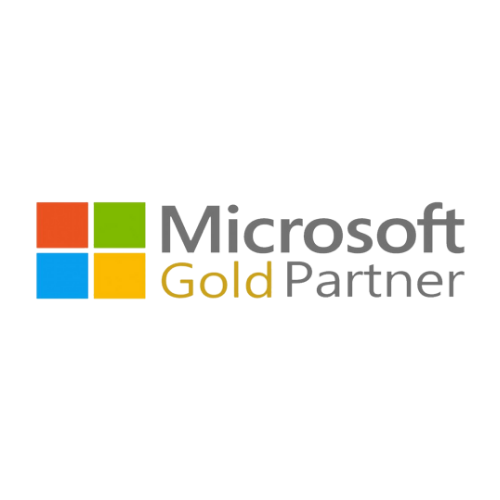Extracting Value From Your Data
Microsoft Power BI
What is Microsoft Power BI?
Power BI is a unified, scalable platform for self-service and enterprise business intelligence (BI). Connect to and visualise any data, and seamlessly infuse the visuals into the apps you use every day.
With Power BI you can take your visualisations to the next level and empower everyone to quickly make data-driven decisions. Easily work together, create reports, collaborate, and share insights across popular applications.
Power BI Adoption Maturity Quiz
Realise all the benefits that MS Power BI can deliver
Insight
Gain deeper insights into your organisation with personalised reports and dashboards. Easy-to-use, self service business intelligence for your enterprise.
AI-Driven
Use in-built AI to develop fast answers to business questions using conversational language. Create memorable reports personalised with your own KPIs and brand.
Secure
Enhance your data security with industry-leading capabilities including sensitivity labelling, encryption, and real-time access monitoring.
Scalable
Adjust your capacity to match your business growth. Monitor performance and allocate resources or licenses as needed.
MS Power BI is a powerful analytics and visualisation solution that offers a wide range of functional capabilities

Create amazing Power BI data report experiences
Easily connect to, model, review, and visualise your data information, creating memorable reports personalised with your KPIs and brand. Get fast, AI-powered answers to your business questions with Power BI —even when asking with conversational language.
Gain insight from your largest Power BI deployments
With Power BI, make the most of your big data investments by connecting to all your data sources with the scale to analyse, share, and promote insights across your organisation while maintaining data accuracy, consistency, and security.
Make confident decisions with Power BI from Microsoft
Work together easily on the same data, collaborate on reports, and share insights across popular Microsoft Office applications such as Microsoft Teams and Excel—empowering everyone in your organisation to quickly make data-driven decisions that drive strategic actions.
Turn insights and information into action with Power BI
Go from data to insights and insights to action with Microsoft Power Platform—combining Power BI with Power Apps and Power Automate to easily build business applications and automate workflows.
Create deeper, more helpful insights and data visuals with Power BI
Turn your data into a competitive advantage by using Power BI and Azure together to connect, combine, and analyse your entire data estate.
Find answers fast with industry-leading AI
Take advantage of the latest advances in Microsoft AI to help non-data scientists prepare data, build machine learning models, and find insights quickly from both structured and unstructured data, including text and images.
Improve publishing efficiency and accuracy of Power BI content
With Power BI, quickly identify differences and move content from development and testing to production with confidence using the simple visual cues in deployment pipelines.
Get unparalleled Excel interoperation with business intelligence and reporting
Anyone who’s familiar with Microsoft 365 can easily connect Excel queries, data models, and reports to Power BI Dashboards—helping to quickly gather, analyse, publish, and share Excel business data in new ways.
Unify self-service and enterprise analytics with Microsoft business intelligence
Meet both your self-service and enterprise data analytics needs on a single platform with Power BI. Access powerful semantic models, an application lifecycle management (ALM) toolkit, an open connectivity framework, and fixed-layout, pixel-perfect paginated reports.

Supporting your Power BI deployment all the way
Codestone, an award-winning Microsoft and Cloud IT Managed Services Company with global coverage, helps you do more with less. We design, implement and support your Power BI deployment and guide you to best use this best-in-class, end-to-end BI platform to create a single source of truth, uncover more powerful insights, and translate them into impact. Codestone is a Microsoft Gold Partner, with 11 competency awards, and the leading BI & Analytics Specialists in the UK.
Find out how Microsoft 365 helps SMEs move their workloads to the cloud and improve the way they work.



